#great lakes history
Text

TASHMOO (steel side-wheel excursion steamer, 308 foot, 1,344 gross tons, built in 1900, at Wyandotte, Michigan) entered regular service for the White Star Line at Detroit, Michigan, on 11 June 1900.
18 notes
·
View notes
Video
youtube
Punch Brothers cover Gordon Lightfoot "Wreck of the Edmund Fitzgerald" 3...
#the punch brothers#punch brothers#the wreck of the edmund fitzgerald#gordon lightfoot#great lakes history#music
1 note
·
View note
Text

A few Fresnel lenses from my visit to the National Museum of the Great Lakes! This one is a fourth-order lens from the lighthouse on Ojibwa Island, Lake Michigan, made in 1891.
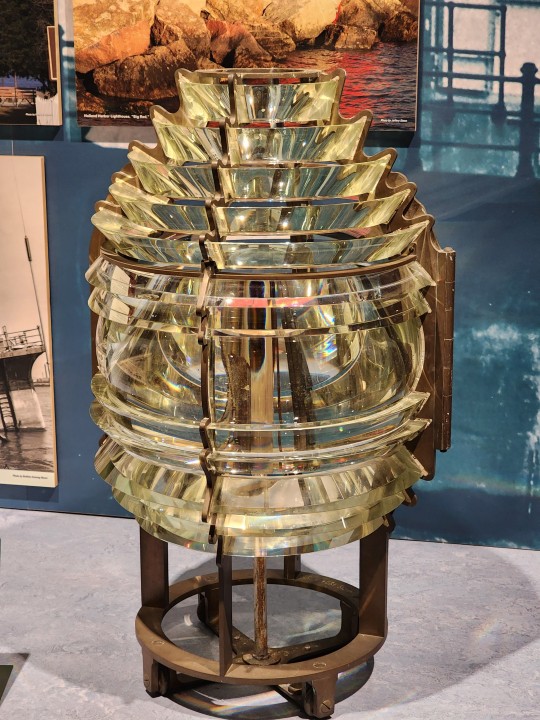
A cute little fifth-order lens, which was used in Sandusky Harbor, Ohio, in 1891.
No first-order Fresnel lenses were used on the Great Lakes, and only five second-order lenses were placed. One of them was in the Spectacle Reef Lighthouse on Lake Huron in 1873, now in the museum:


My photography doesn't give a true sense of scale; that second-order lens is huge.
There is also a model of the lightship Huron, which is now a museum ship you can visit.
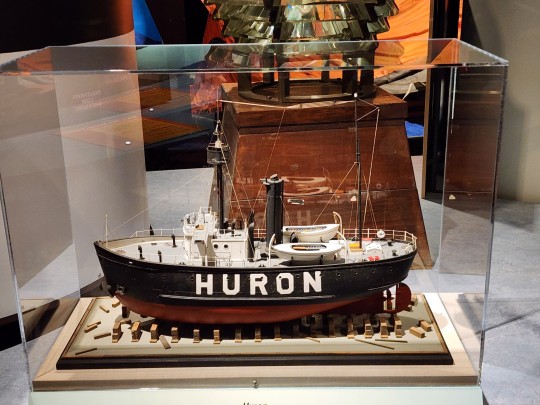
#great lakes#lighthouse#fresnel lens#naval history#age of sail#age of steam#national museum of the great lakes#lightship
460 notes
·
View notes
Text
Oh, you’re from Ontario, Michigan, Wisconsin, or Minnesota? Okay, tell me where the love of God goes when the waves turn the minutes to hours.
#gordon lightfoot#edmund fitzgerald#ontario#canada#great lakes#great lakes region#lake superior#michigan#wisconsin#minnesota#behind every canadian is a deep history with this song#and people from the great lakes region of the us too i'm assuming although it is a canadian song
382 notes
·
View notes
Video
Great Lakes Sea Shanties
#tiktok#black history month#black history#black history Michigan#michigan history#history#michigan#detroit#michigan radio#great lakes region#great lakes#sea shanties#sea shanty
227 notes
·
View notes
Text

Milwaukee, Wisconsin: The US Steel fleet, moored for the winter in the Kinnickinnic Basin, during the 1940s.
37 notes
·
View notes
Text

Jazz pianist Dorothy Donegan performs with sailors at Camp Robert Smalls, Great Lakes Naval Training Center, June 16, 1943.
Record Group 80: General Records of the Department of the Navy
Series: General Photographic Files
Image description: Dorothy Donegan sits at a piano with her hands on the keys. She is wearing a light-colored strapless gown, flowers in her hair, and a lace veil. Around her are four men in U.S. Navy uniforms. Three of them hold instruments, and one holds a conductor’s baton. In the background, more sailors set up a drum kit. All of the people in the photo are Black; they are at a segregated facility.
#archivesgov#June 16#1943#1940s#World War II#WWII#military#music#U.S. Navy#jazz#piano#Great Lakes#Dorothy Donegan#Black history#African American history
85 notes
·
View notes
Text

By providing the proper care for women and those who menstruate, whether it traditional or modern, empower them with the confidence and support that they need!
🩸
#history#menstruation#ojibwe#moon lodge#mental health#indigenous history#great lakes#period health#united states#native american#women empowerment#femininity#menstruation history#people who menstruate#womens health#menstrual care#womens history#indigenous americans#traditional practices#period cramps#american history#indigenous culture#menstrual health#menstrual cycle#native american history#nickys facts
17 notes
·
View notes
Text
Time Travel Question 13: Ancient History V and Earlier
These Questions are the result of suggestions from the previous iteration.
This category may include suggestions made too late to fall into the correct grouping.
Please add new suggestions below if you have them for future consideration.
#Time Travel#Pre-Christian Ireland#Sumer#Indigenous History#Celts#Crater Lake#The Marianas#The Great Lighthouse#Ancient Egypt#Australia#The Colossus of Rhodes#Greek Fire
72 notes
·
View notes
Text
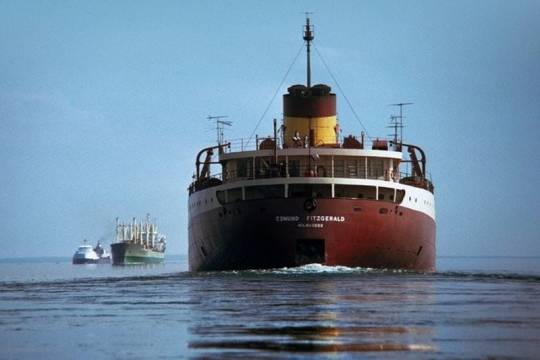
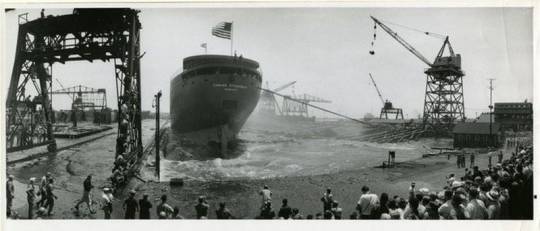
The SS Edmund Fitzgerald launch at Great Lakes Engineering Works on June 7, 1958. (Courtesy | Detroit Historical Society)
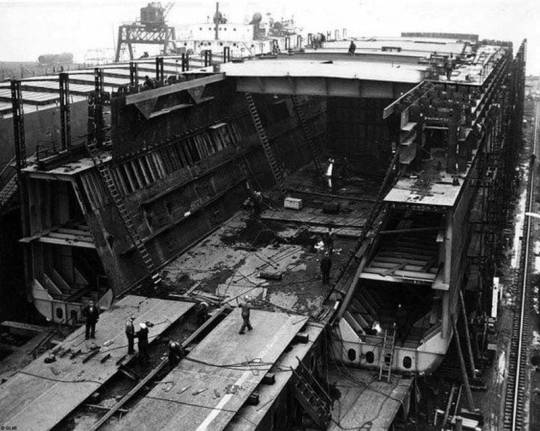

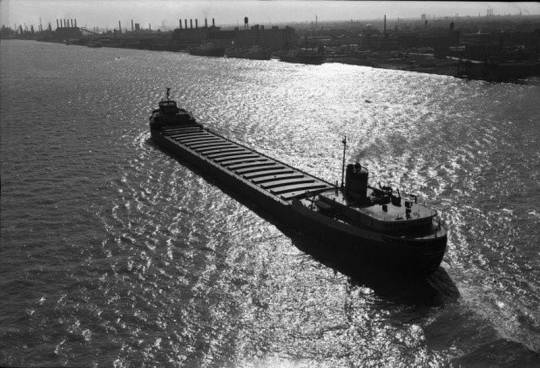
SS Edmund Fitzgerald seen from the Ambassador Bridge. The vessel is underway (downbound) on the Detroit River in 1960. (Courtesy | Detroit Historical Society)
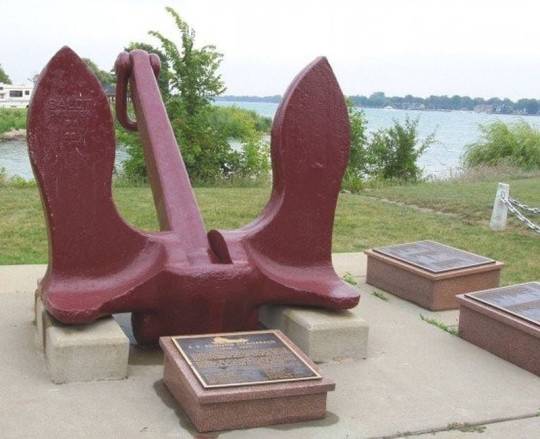
The Edmund Fitzgerald lost her original bow anchor in the Detroit River in 1974. The anchor was later raised and put on display at the Dossin Great Lakes Museum in Detroit. (Courtesy | Detroit Historical Society).
31 notes
·
View notes
Photo


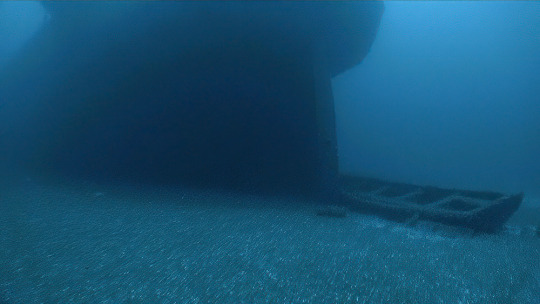
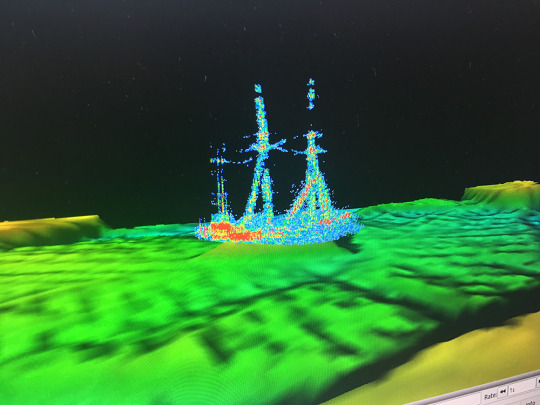
Wreck of the schooner barge Ironton, 1894, Lake Huron, off the Michigan coast
In late September 1894, the schooner barge Ironton was traveling light from Cleveland to Marquette and under tow by the steamer Kershaw along with schooner barge Moonlight. The wooden freighter Ohio was steaming from Duluth to Ogdensburg, New York loaded with a cargo of grain. The three ships were heading north when they encountered Ohio in rough conditions, 10 miles north of Presque Isle. It was during this critical moment, with the vessels about to pass each other, that Ironton's towline parted.
The vessel broke free, veered off course and collided with Ohio. Both sank in half an hour. Sixteen crewmembers of Ohio got into lifeboats and were later picked up by schooner Moonlight. Another passing vessel, the steamer Hebard, picked up two of Ironton's crew. Lake Huron claimed Captain Girard and four other Ironton crew: Mate Ed Bostwick, Sailor John Pope, and two unidentified sailors.
#naval history#naval artifacts#shipwreck#schooner barge#ironton#late 19th century#lake huron#great lakes#america#age of steam
145 notes
·
View notes
Text

The Edmund Fitzgerald on my new Great Lakes Freighters mug <3
#great lakes#edmund fitzgerald#maritime history#thank u national museum of the great lakes!#in the background is a painting of my hometown#shaun talks
40 notes
·
View notes
Text
“....the expansion of the artificial swimming pool system [occurred] in the context of increasingly polluted waterfronts. The growth of cities could crowd out and damage the spaces in which public swimming took place. One response to the bacteriological revolution - the extension of sewers to remove dangerous germs from all home environments - generated a public health crisis, by transporting bacteria to the places where citizens might swim. Concerns about water quality, and the ability to quantity it, both prompted and complicated efforts to find healthy places to swim in industrial cities.
....the development of Hamilton [Ontario’s] municipal swimming pool system [was situated] in the context of the environmental degradation of the industrial city as its commitment to economic expansion compromised an aspect of public health. Like the construction of the city’s elaborate water supply and purification systems, the building of swimming pools allowed city officials to continue using Hamilton’s bay [on Lake Ontario] as a sink for residential and industrial wastes, and to do so without significant investments in wastewater treatment facilities. Until the Second World War, Hamilton’s city leaders and medical authorities confidently believed that they could identify, delineate, and construct safe swimming areas along the shores of their harbour, and supplement them with a few public swimming pools. After the war, however, they abandoned their efforts altogether. For those who could not flee the city for clearer waters of northern lakes [because they could not afford to], municipal authorities offered artificial swimming pools as the only healthy place to swim locally. ...while swimming pools reflected a number of social and cultural values, they must be recognized chiefly as a technological fix for an urban public health crisis. Artificial pools for swimming allowed Hamilton’s city leaders to abandon the natural waters of the bay and the public beaches frequented by the working class to the effluent left by “the constructive power of the profit motive.””
- Nancy Bouchier and Ken Cruikshank, “Abandoning Nature: Swimming Pools and Clean, Healthy Recreation in Hamilton, Ontario, c. 1930s-1950s,” Canadian Bulletin of Medical History Volume 28:2, 2011: p. 318-319
#hamilton#public swimming pools#public beaches#swimming pool#environmental history#pollution#history of pollution#public health#industrial production#history of health care in canada#parks and recreation#history of recreation in canada#public spaces#academic quote#canadian history#lake ontario#great lakes
215 notes
·
View notes
Text

View of the steamship "City of Mackinac." Printed on front: "Steamship City of Mackinac, Detroit, Mich." Printed on back: "239. Published by the Detroit News Company, Detroit, Mich." Handwritten on back: "Dear Sister, You may come with all the pickles you have to sell some day next week we have parties that wants them at market price. Wants to pay market price. Your sister, Anna." Card is postmarked August 28, 1918.
Burton Historical Collection, Detroit Public Library
#you may come with all the pickles#city of mackinac#steamship#1918#postcards#vintage postcards#steamships#boats#great lakes#michigan#michigan history#detroit news company#detroit#detroit history#detroit public library
53 notes
·
View notes
Text
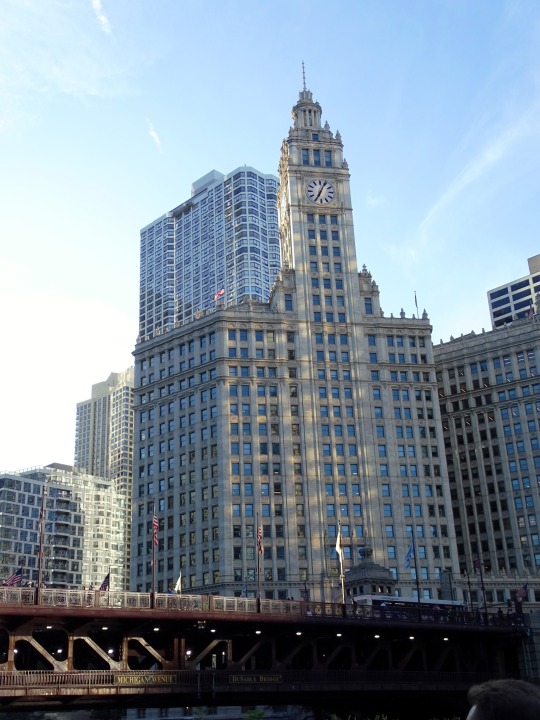


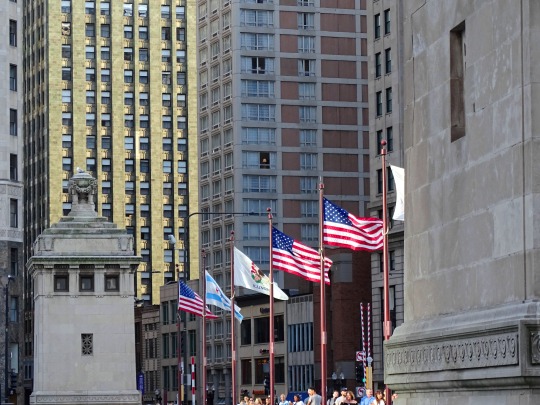
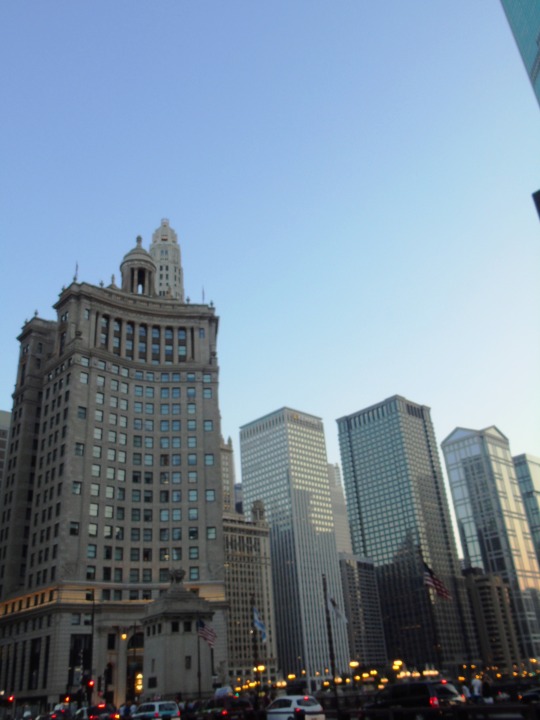
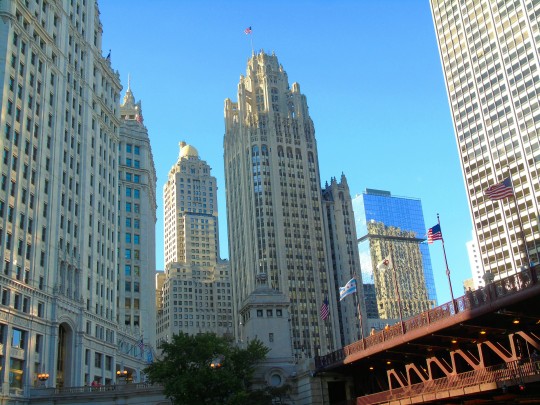
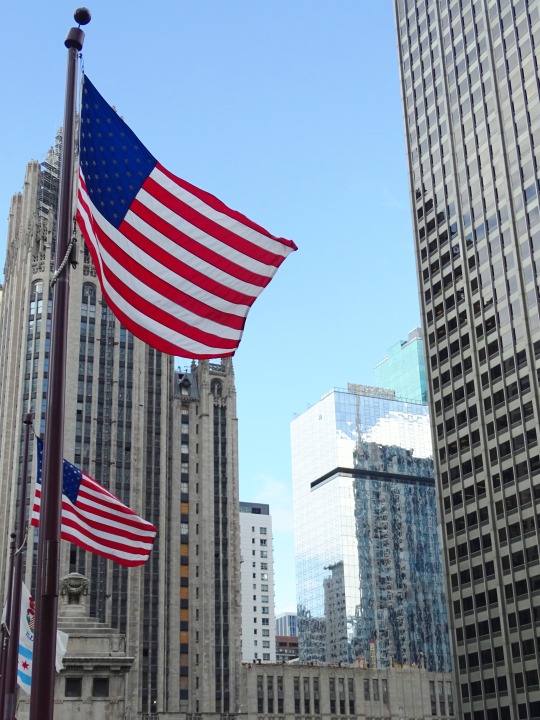


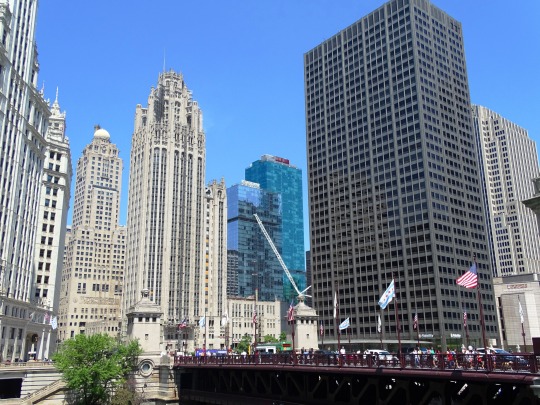

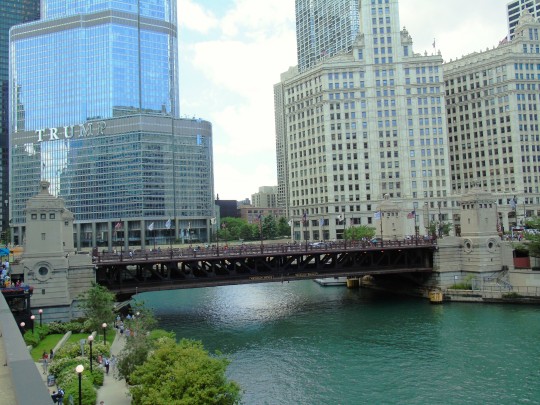

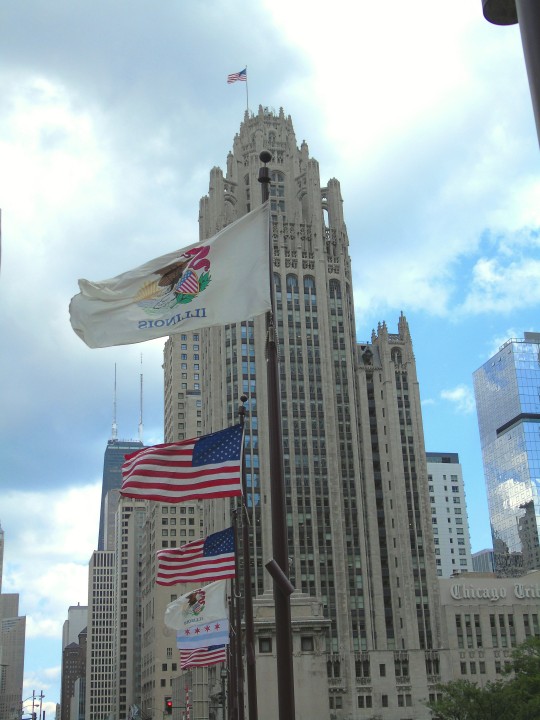
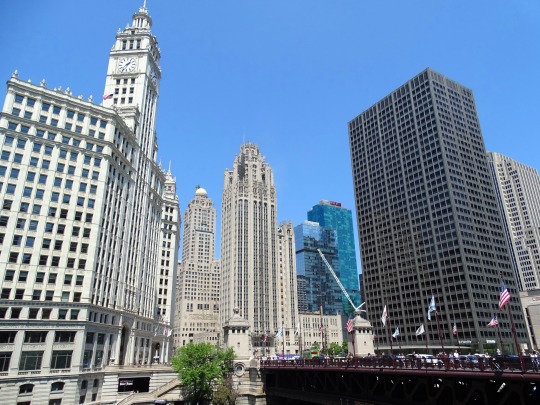

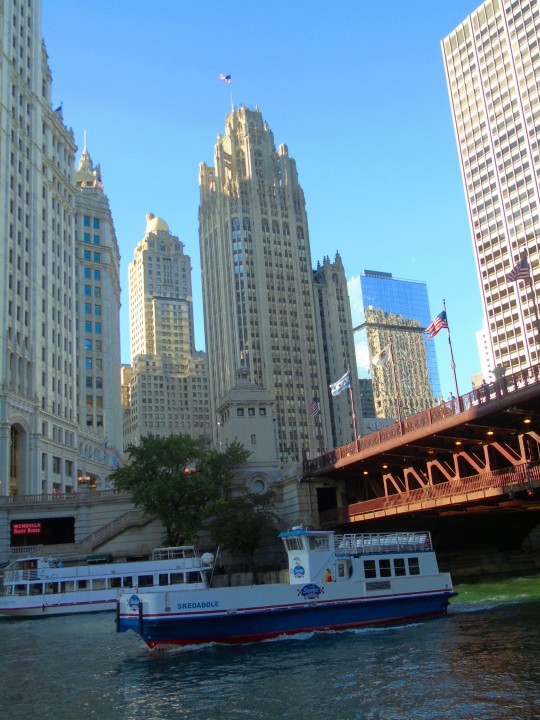
The Michigan Avenue Bridge (officially DuSable Bridge) opened to traffic on May 14, 1920.
#Michigan Avenue Bridge#DuSable Bridge#opened#14 May 1920#cityscape#anniversary#US history#Tribune Tower#Wrigley Building#Illinois#Chicago#Chicago River#Michigan–Wacker Historic District#the Loop#travel#vacation#summer 2019#2016#original photography#tourist attraction#landmark#ship#Midwestern USA#Great Lakes Region#2014#architecture#USA#Carbide & Carbon Building
7 notes
·
View notes
Text
Captain Marryat on what has gone wrong with the city of Detroit: THE FRENCH.
The French never have succeeded as colonists, and their want of success can only be ascribed to an amiable want of energy. When located at any spot, if a Frenchman has enough, he seeks no more; and, instead of working as the Englishman or the American does, he will pass his time away, and spend his little surplus in social amusements. The town of Detroit was founded as early as the city of Philadelphia, but, favourably as it is situated, it never until lately rose to any thing more than, properly speaking, a large village. There is not a paved street in it, or even a foot-path for a pedestrian. In winter, in rainy weather, you are up to your knees in mud; in summer, invisible from dust: indeed, until lately, there was not a practicable road for thirty miles round Detroit.
— Frederick Marryat, A Diary In America (1839)
He goes on to add that (anglo) American industry is now transforming the city. This 1837 print of the Detroit waterfront is from the same time period as Marryat's visit.
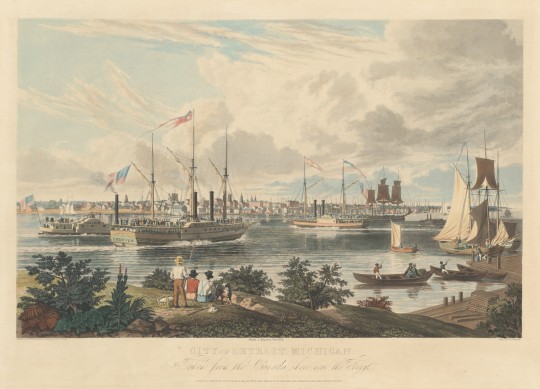
William James Bennett after Frederick K. Grain, City of Detroit, Michigan: Taken from the Canada Shore near the Ferry, published 1837 (National Gallery of Art).
#frederick marryat#captain marryat#detroit#1830s#1839#diary in america#us history#travelogue#michigan#great lakes#colonialism#1837
24 notes
·
View notes